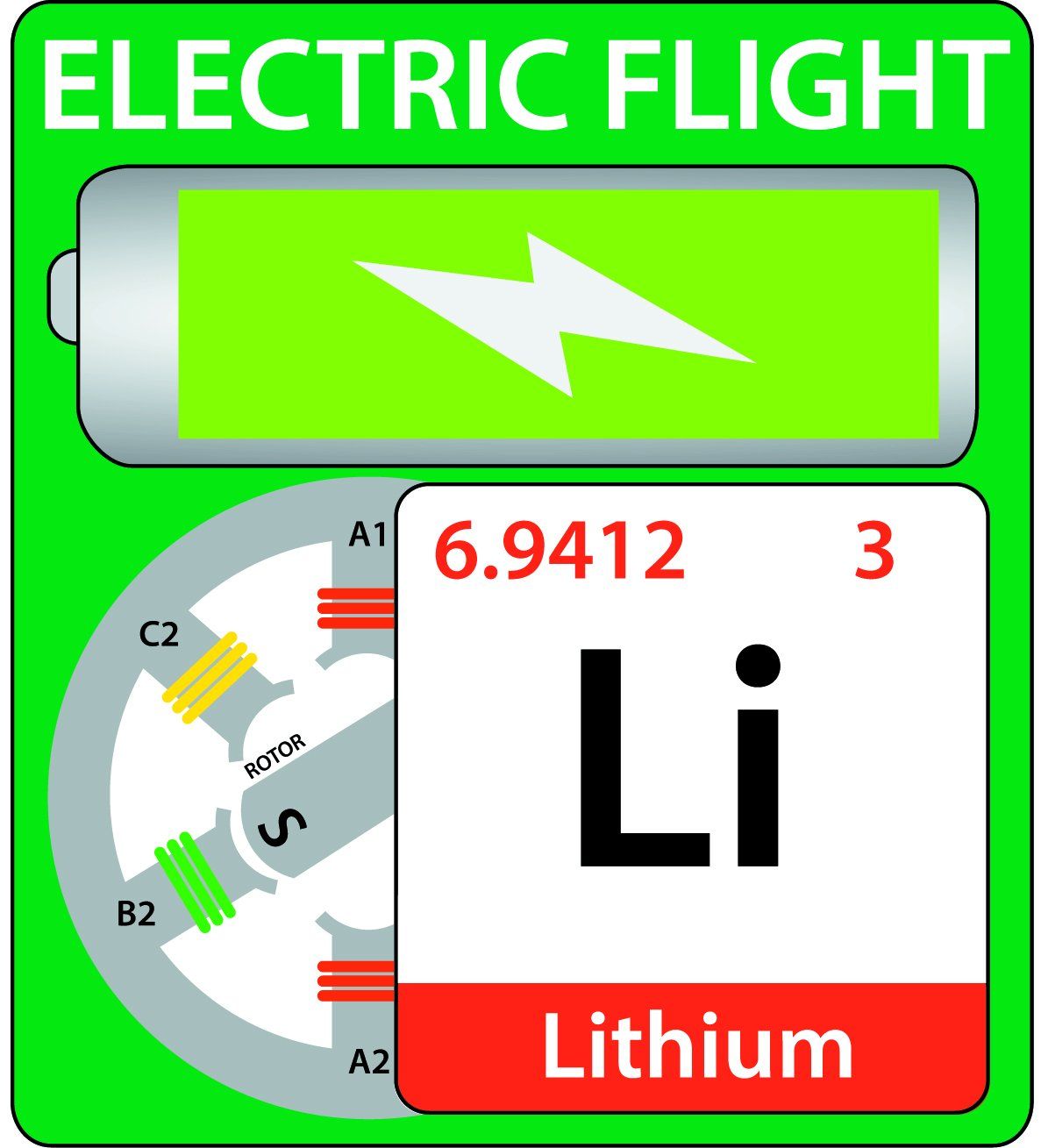
Better batteries for electric aircraft are in the works, but it may be five years before we see significant improvements in energy density, according to a leading battery researcher at the Argonne National Laboratory in Illinois. Jeff Chamberlain, who heads the lab’s Collaborative Center for Energy Storage Research Science, told AVweb in an exclusive interview that overpromising on battery capacity is a result of snake-oil salesmanship and overenthusiastic entrepreneurs. But the fact is, lithium ion batteries remain a difficult and challenging chemistry to improve.
Chamberlain made the comments to our sister publication, Aviation Consumer, which will publish an extensive report on electric aircraft in its March issue. You can hear part of that interview in this AVweb podcast. Thus far, lithium ion energy density has inched up to between 150 and 200 wh/kg at a rate of about 7 percent a year. “That improvement will absolutely continue. In lithium ion we can, at least theoretically, possibly double or triple energy density and have a concomitant decrease in cost,” Chamberlain said. Twice or three times the energy density would give pure electric aircraft as much as two hours of endurance, rather than about an hour they typically have now.
Although more promising battery chemistries are on the bench, it will be at least a decade and perhaps two before these are commercially feasible. “Even though there are great discoveries going on with lithium oxygen, we are, at a minimum, a decade away from a viable prototype let alone commercialization, which might be 20 years away. We’re further along in lithium sulfur, but we’re still five to 10 years away from a viable prototype, in my opinion, and another five to 10 years for commercialization,” Chamberlain said.

































